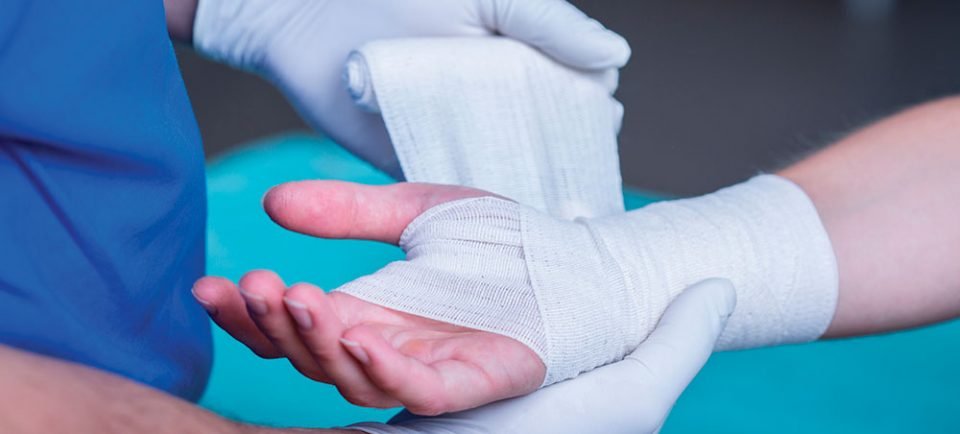
<!DOCTYPE html PUBLIC "-//W3C//DTD HTML 4.0 Transitional//EN" "http://www.w3.org/TR/REC-html40/loose.dtd“>
by Tricia White
Rising Specialization in Youth Sports
The increase in organized youth sports has led to a growing trend of children focusing on a single sport. Unlike previous generations when kids frequently switched sports with the seasons, many now engage in one sport year-round, often competing at high levels across multiple teams. This repetitive use of the same muscle groups, coupled with insufficient rest and overtraining, can result in muscle imbalances, significantly heightening the risk of overuse injuries among young athletes.
Research indicates that youth overuse injuries may occur in as many as 68% of young athletes.
Increased Risks for Young Athletes
“Younger athletes are still undergoing physical development, making them more susceptible to injuries than adults,” explains Dr. Denton Watumull, a Board Certified Plastic and Hand Surgeon at Regional Plastic Surgery Center/RPSC Hand Surgery Center. “Overtraining can lead to injuries that disrupt growth and potentially cause long-term health complications.”
In his work, which focuses on wrist, hand, finger, and elbow care, Dr. Watumull frequently encounters young athletes requiring surgical intervention for their injuries.
How Parents Can Spot and Prevent Problems
Dr. Kwabena Blankson, a physician trained at Harvard and Yale specializing in adolescent medicine, shares the following advice:
1. Communicate with Your Teen.
It may seem straightforward, but asking your teen about any pain or fatigue they experience is crucial. Don’t depend on the coach to check in on their wellness; some coaches may encourage pain tolerance as part of sport toughness. A small issue can escalate without proper medical intervention. Encourage your teen to pay attention to their body and respond accordingly!
2. Encourage Rest.
Teens need sufficient sleep (over 8 hours) for recovery. While training is essential, research shows that youth training more than 16 hours weekly are at a greater risk for injuries needing medical attention. Additionally, training hours exceeding the athlete’s age can be a risk factor for injuries. Parents should feel empowered to say, “take a day off,” even if it’s not popular with coaches or the athlete. A doctor’s note may be necessary for reinforcement.
“When a young athlete frequently reports pain, a rest period is essential,” states Dr. Watumull, known for receiving the Emmanuel Kaplan Award in hand surgery.
“Many athletes overlook fractures, thinking mobility indicates no injury. Any finger that remains swollen and painful for over 2-3 days post-injury should be examined and x-rayed.”
Common Indicators of Overuse Injuries Include:
- Unexplained pain not linked to a direct injury, like a fall
- Swelling
- Alterations in form or technique
- Reduced enthusiasm for practice
Sources: American Academy of Orthopaedic Surgeons
orthoinfo@aaos.org
Young Men’s Health & Wellness, Dr. Kwebena Blankson | 972.733.6565
Regional Plastic Surgery Center/RPSC Hand Surgery Center
Dr. Denton Watumull | 972.470.5000
Regionalhandsurgery.com






